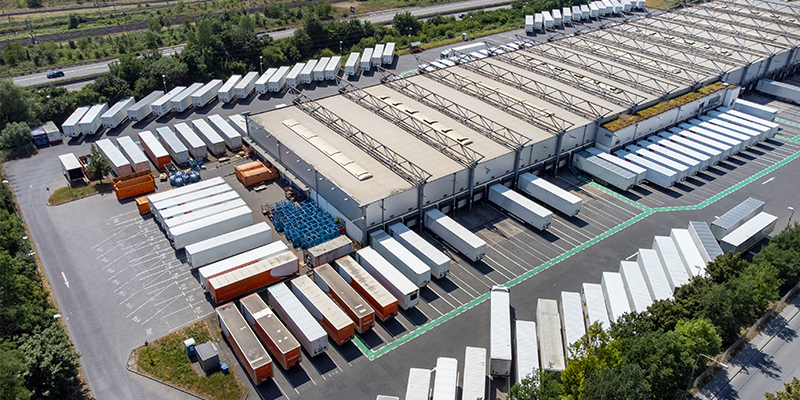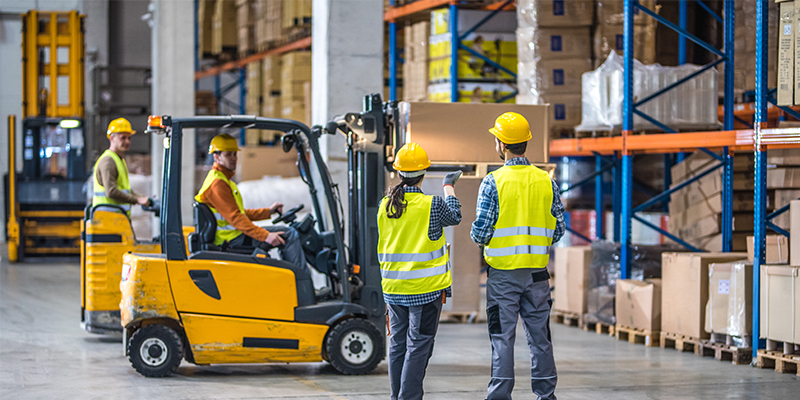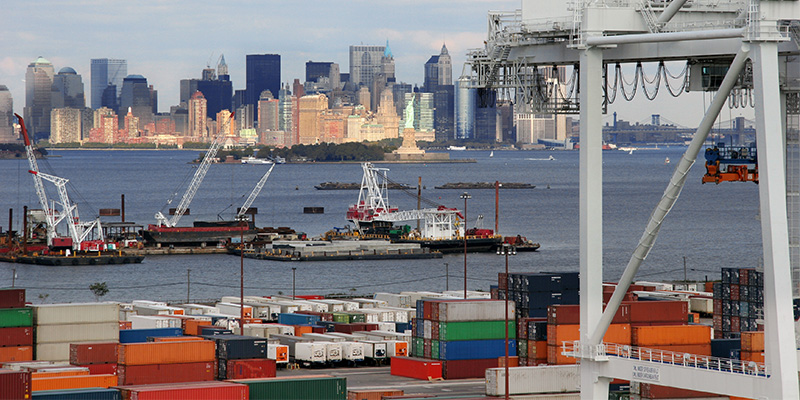The industrial outdoor storage (IOS) space has evolved significantly over the last 10-15 years, yet many are still unfamiliar with these unique sites. A panel of IOS investors shared their insights into the future of this sector, from the investment cycle to acquisition/disposition, and when it might be considered an institutionalized product class at I.CON East.
Moderated by Justin Horowitz, debt and equity broker, Cooper Horowitz, LLC, panelists included Ryan Bain, vice chairman, CBRE; Ryan Kavanaugh, vice president, JP Morgan Asset Management; and Dan Schuchinsky, managing director, Jadian Capital.
Here are key takeaways from their conversation:
There is plenty of room to grow. Eighteen months ago, the industry was close to seeing large-scale exits from the IOS space, but market volatility paused the exodus. It’s a maturing market that is climbing its way to becoming an institutionalized asset class – and true institutionalism can’t occur until high quality product is in institutional hands.
What makes the cash flow? The equity side needs education so they can create the best adjusted return. Lenders are getting much smarter, particularly life insurance companies and pension funds. There’s lots of interest and activity as capital is trying to find its way into the space. Debt follows equity, which was higher in 2021-2022 and is now leveling out. Investors recognize relative value, and once they know it exists, it’s hard to overlook.
Where is the biggest opportunity for IOS moving forward? Location and zoning wins. Places where there is a multitude of IOS needs and sites that are fungible are preferred, whether it’s for truck trailer parking, construction equipment, shipping containers or something else. While impossible to predict with certainty, site selection in locations where zoning and codes aren’t expected to change are ideal.
What are threats to IOS or barriers to entry? As with many types of real estate, risks come from NIMBYism and municipalities that could change zoning requirements. Environmental regulations on local and federal levels can present challenges, particularly those related to substances known as PFAS, a large group of toxic, hazardous substances also called “forever chemicals” that have widespread use in industrial processes and consumer products.
How constrained is the supply? It is very constrained in areas surrounding ports and major transportation networks, and less constrained on markets on the outskirts. Prime spaces are frequently redeveloped into mixed-use or residential properties, pushing IOS spaces that don’t generate taxes or jobs further away from desired locations. In short, really good sites in really good markets are very constrained – and municipalities aren’t going to add more.
It is as hard as advertised to develop sites. Before buying an IOS site, do your homework to understand what you’re buying and who you are targeting as tenants. Know what can be stored on the land, understand height restrictions, and recognize that the usable acreage of the site is not the same as gross acreage of the site. Avoid conditional approvals.
Figure out rental rate calculations. Will you charge by the acre, by the month, or by the square foot? Truck terminals have been calculated per door and will likely stay that way. Rental rates by acre is the metric most use, but what’s stored on-site makes all the difference. A shipping container’s footprint doesn’t change when they’re stacked three containers high. Breaking down the value of the tenant’s income stream is key.
Keep the future in mind. What could the land be in 10 years? If zoning changes, how can the site be reconfigured for alternative uses? This future-proof planning is a bonus for lenders who favor flexibility.
This post is brought to you by JLL, the social media and conference blog sponsor of NAIOP’s I.CON East 2024. Learn more about JLL at www.us.jll.com or www.jll.ca.














